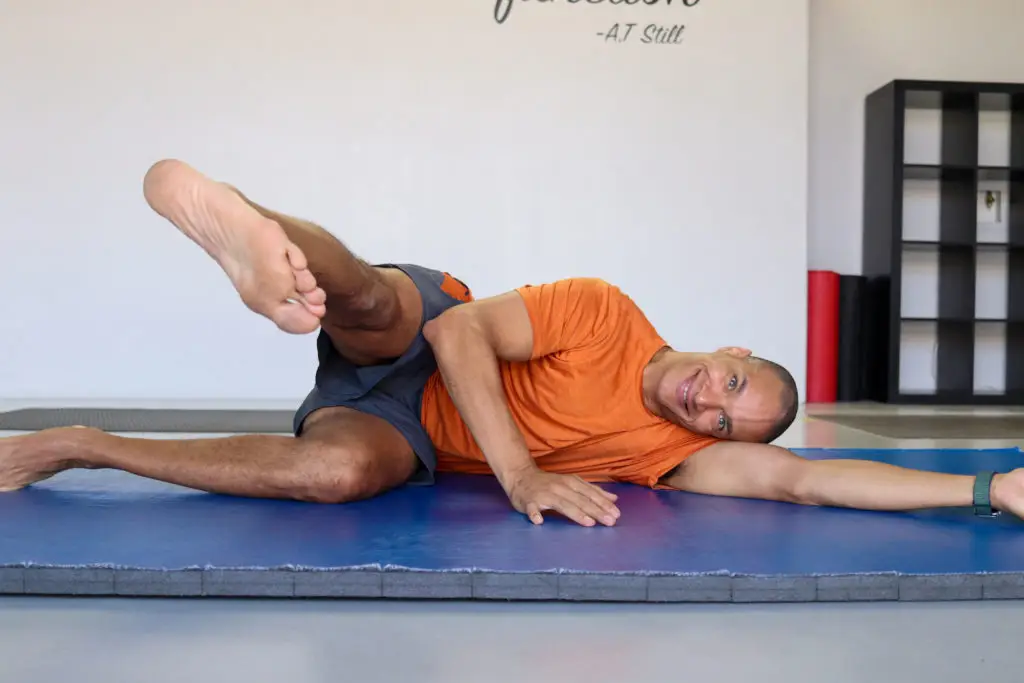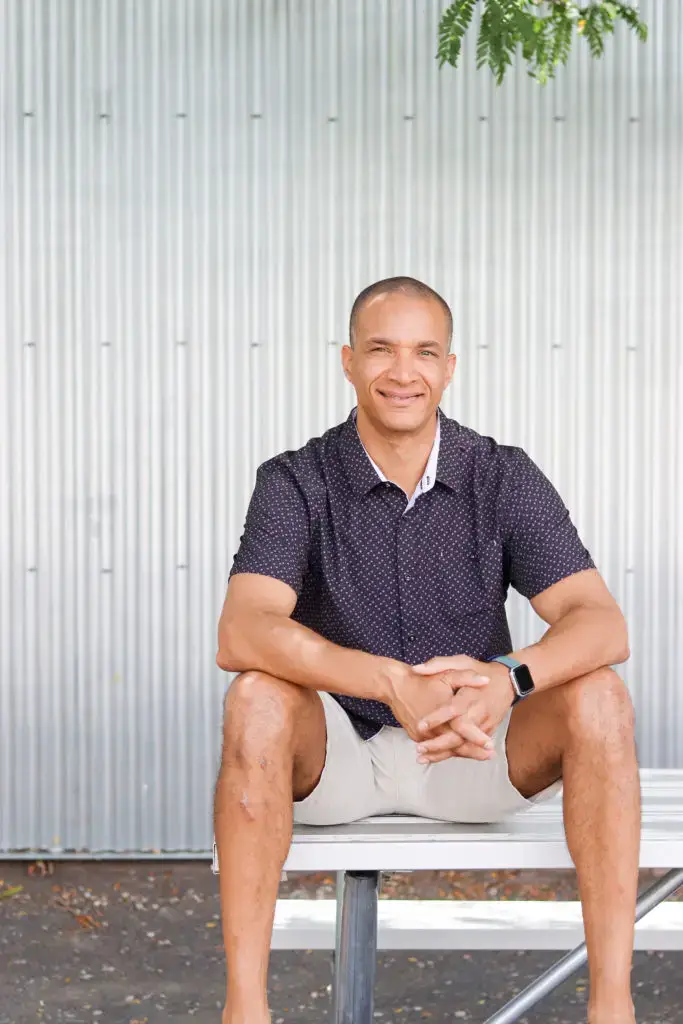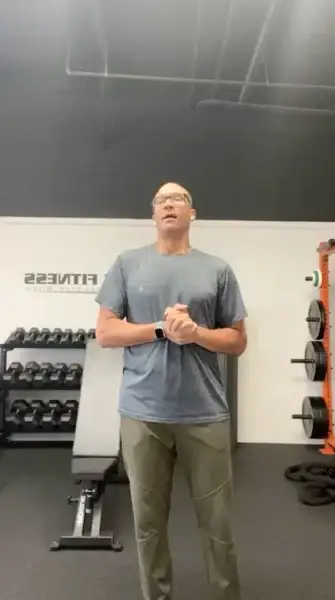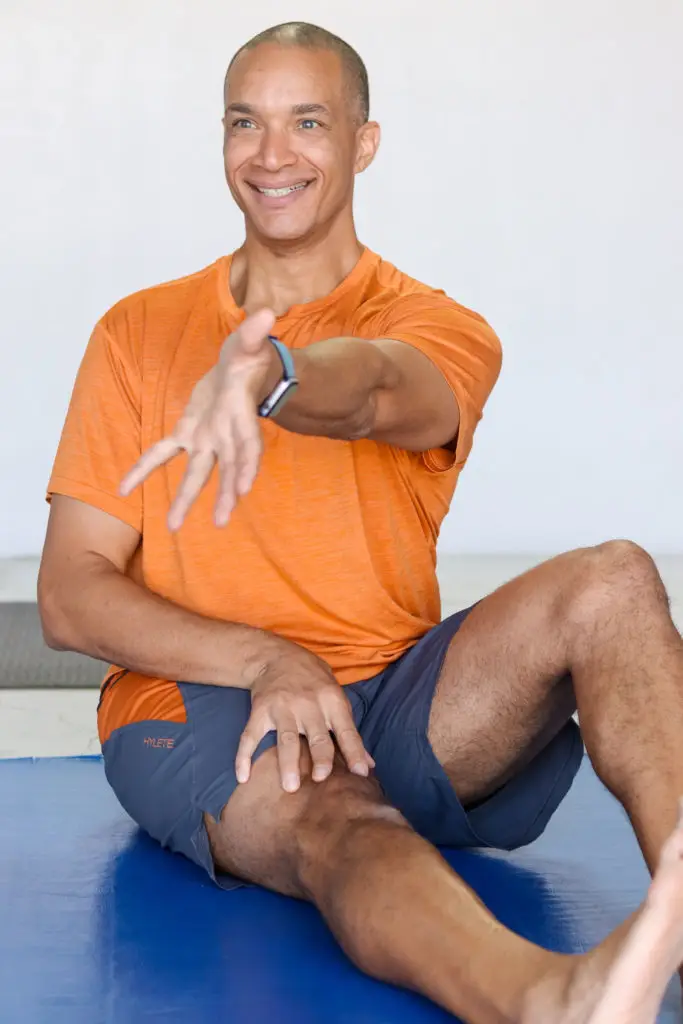
Remember the old TV detective who used to say, “Just the facts, ma’am”? It’s a helpful reminder not just for solving crimes, but for managing your mindset and motivation.
Feeling down because you “aren’t getting anywhere”? Thinking you’re failing—even wanting to quit? Swap those self-criticisms for simple facts:
- You’ve lost 10 pounds since you started eating better.
- You can jog two miles now, when a block used to wipe you out.
- You made it to every workout last month—even when life got hectic.
That’s why measurable goals and regular tracking are so important. Progress isn’t always a feeling; it’s a set of data points. It’s easy to forget that on hard days, but the numbers never lie.
Next time you think you’re not making progress, ask: What do I know? Not what do I feel, but what does the FACTS sheet show?
When you focus on the truth of your progress not just your feelings you make decisions based on reality. Inside the [HOLISTIC EXERCISE AND FITNESS PROGRAM], we help you track, measure, and celebrate the real wins that move you forward one fact at a time.
It’s not just working out, it’s building a foundation for a better life.
Find out more @







